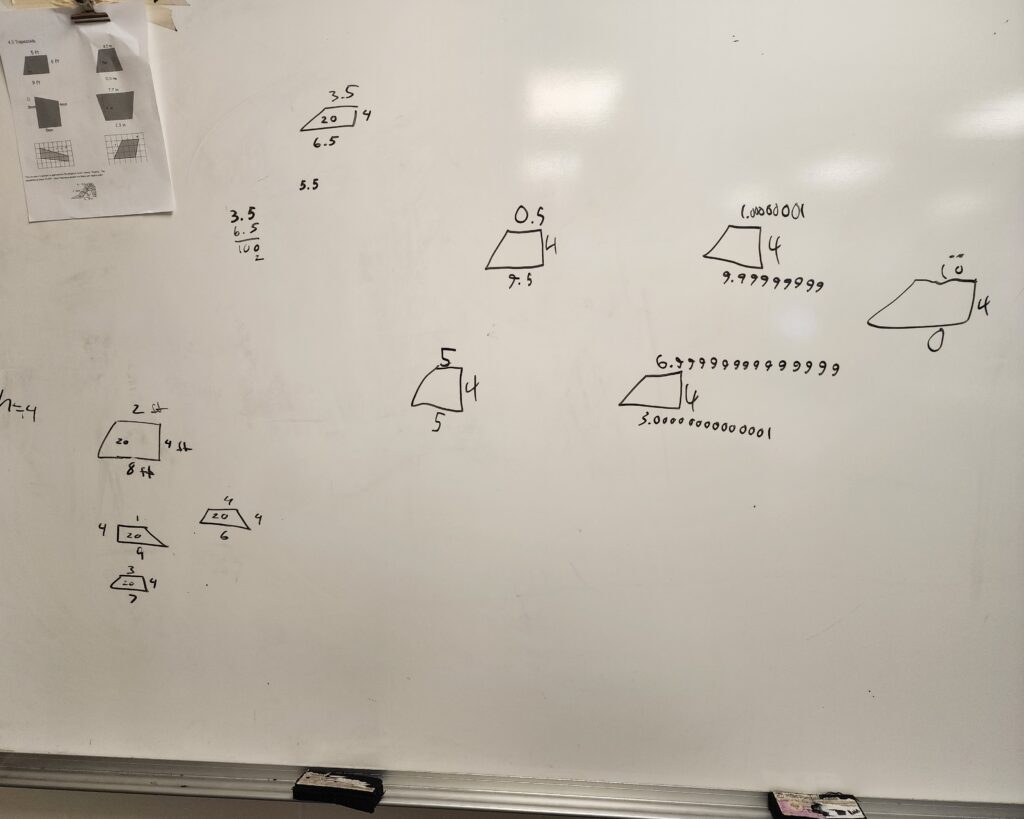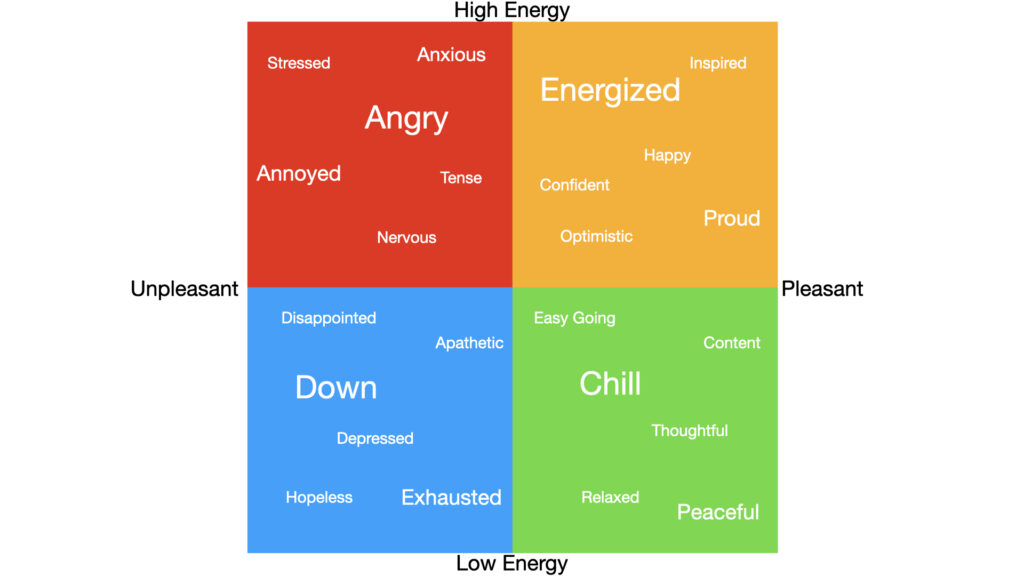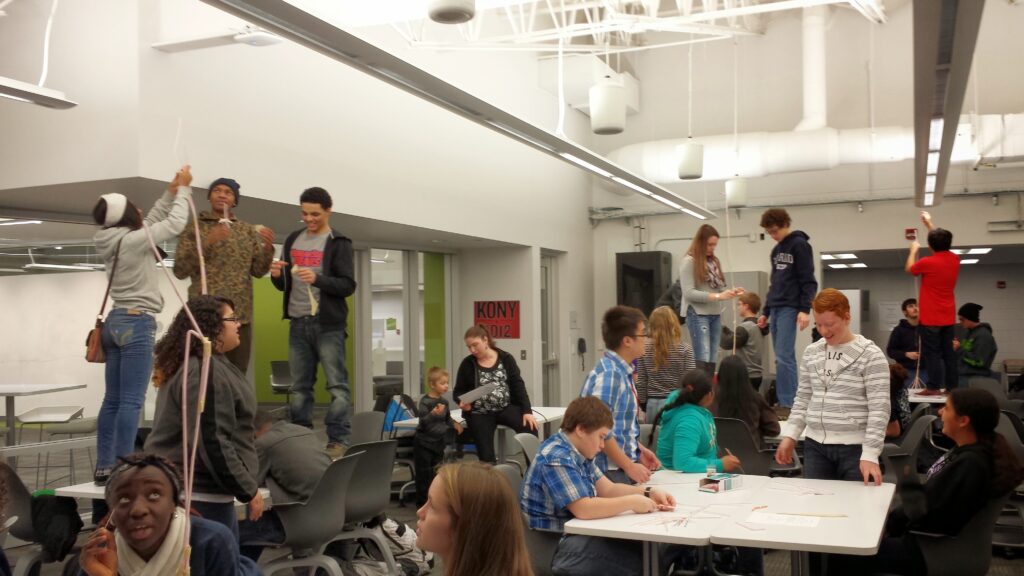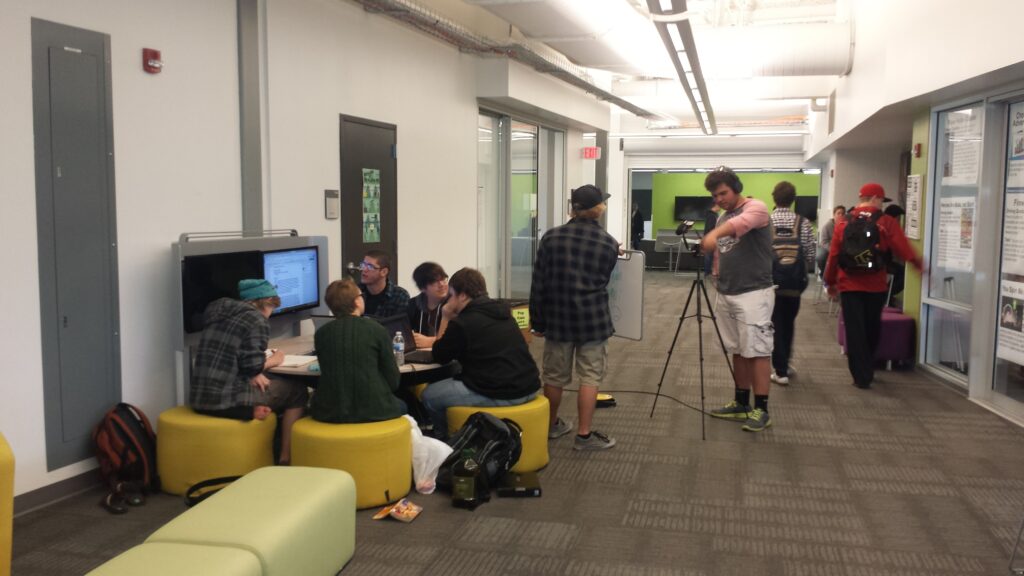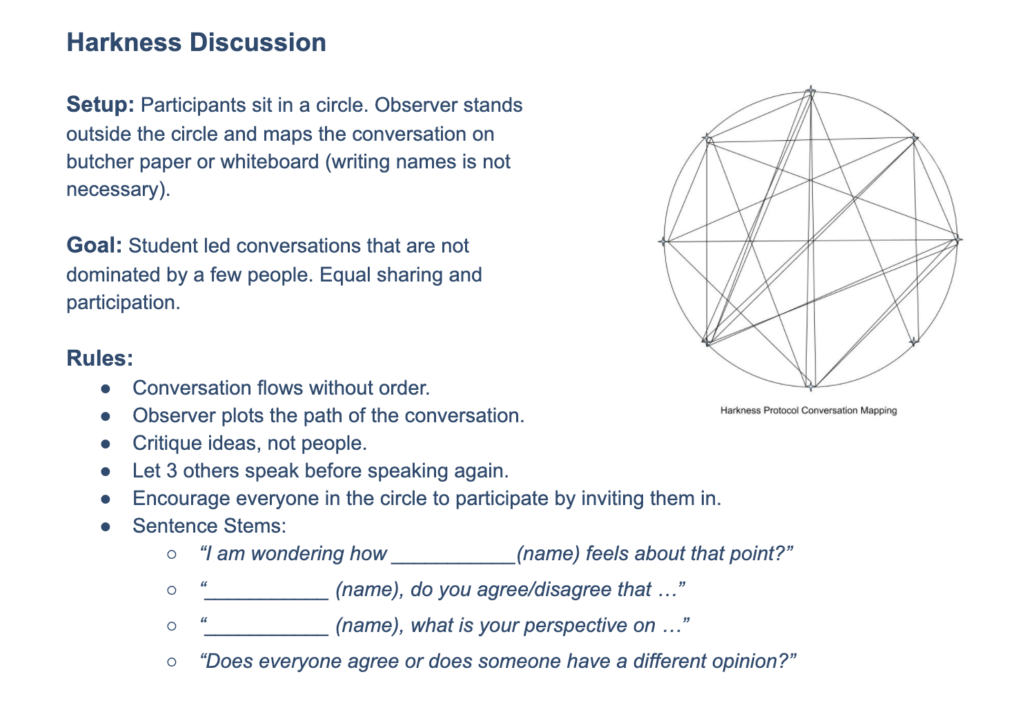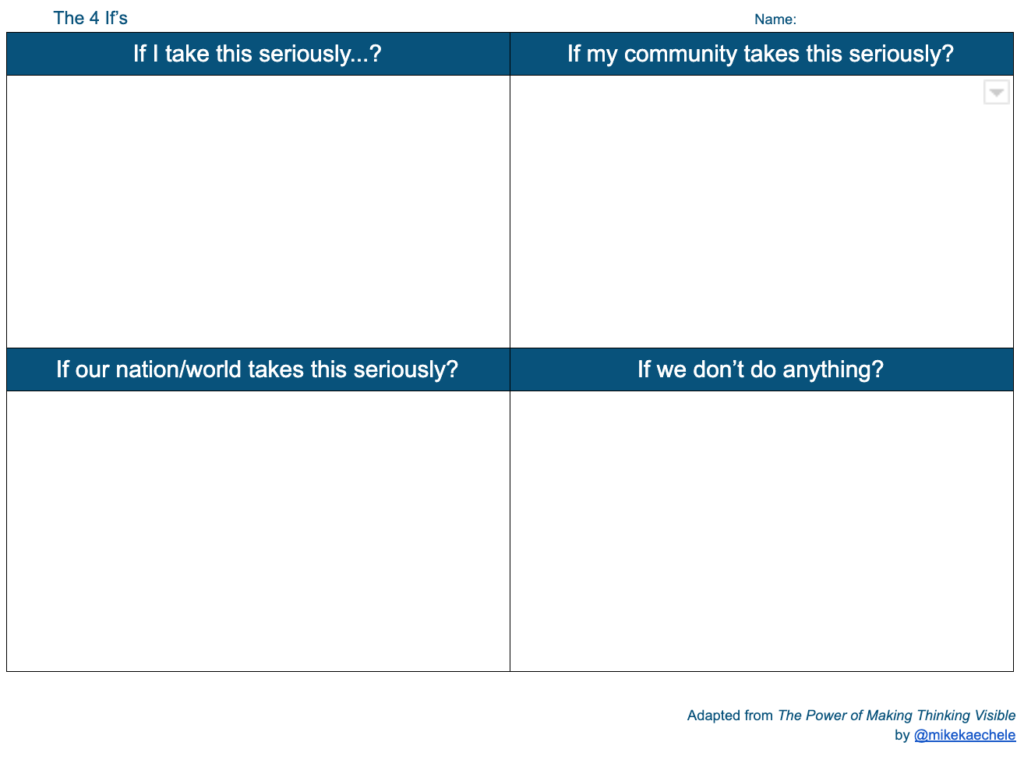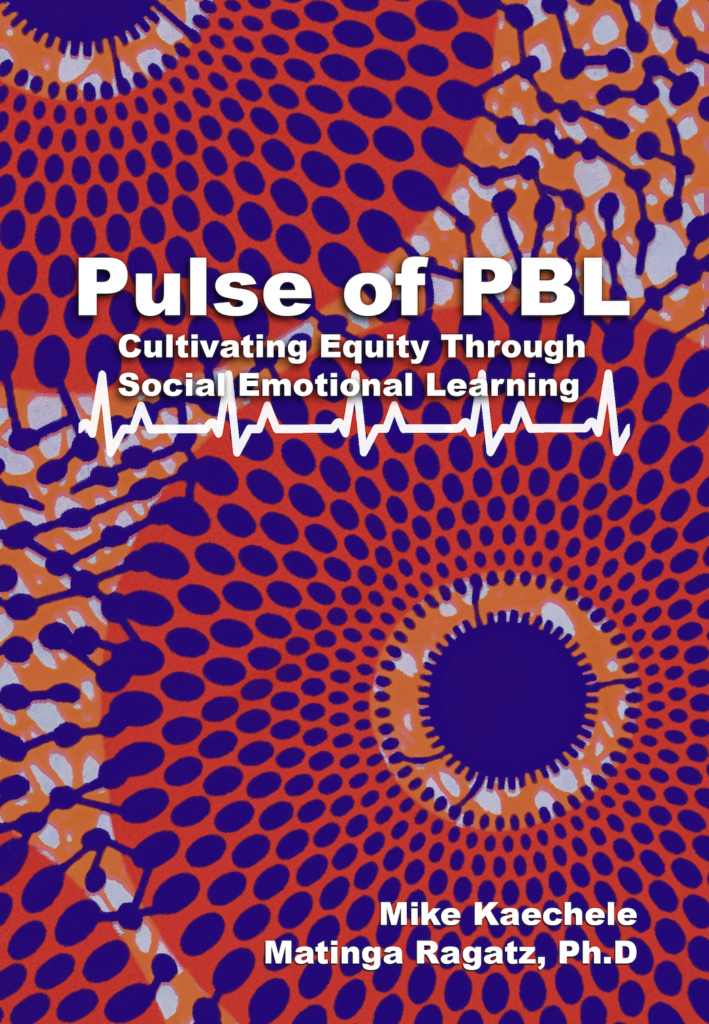This school year I have been using vertical non permanent surfaces (VNPS or boards for short) extensively in my 6th grade math class. Boards have been magical as students love them and they give me an easy formative assessment opportunity. My goal in using boards is to get students actively thinking and that is something all teachers desire.
Therefore working in random teams at whiteboards is not a strategy limited to math class. It can be effectively implemented in any content or age level. A couple of the things that make boards so effective are the academic conversations and deeper thinking they encourage. Boards are an excellent way to get all kids participating in a discussion around your class content. Here are some specific examples from across the curriculum (math is not spelled out but it is applicable too).
Brainstorming
Anytime that you are looking for students to come up with their own ideas, place them in random groups of three at the boards. They might be designing a science experiment, listing research topics for an essay, or coming up with a new project idea in PBL.
Boards work great at the brainstorming stage of design thinking as students can quickly discuss and list their ideas of either potential questions to tackle or solutions to try to a chosen problem. Follow up the brainstorming session with a carousel protocol by having students rotate around the room to see each other’s ideas.
Topic Introduction
Give students a small list of topics (3-5 big ideas) and have them list everything they already know about them at the boards. This is a great way for both you and they themselves to access their prior knowledge before launching into a project or lesson. As a bonus, students with broader knowledge on a topic will be pre-teaching others in their group.
In my U.S. history class I introduced a project on women’s rights by writing “male” on one board and “female” on the opposite side of the room. I had the girls write stereotypes about males and the boys write stereotypes about females. Afterwards we had a rich conversation about the hypocrisy that was clearly apparent.
Vocabulary
Instead of introducing vocabulary with a lecture and notes, give students a list of new words and the resources (textbook, computer, or dictionary) to define for themselves at the boards. Challenge students to describe each term in their own words and come up with an example context to use it properly. An extension could be to have them use the vocab words to create memes to post on your walls.
Mind Maps
Make a list of your key vocabulary or content topics and have students create mind maps at the boards. Encourage them to look for connections between the content and their personal experience. This open ended protocol can be used for any content or text including textbooks, novels, or research articles.
Other variations are card sorts, making meaning, and hexagonal thinking. Anytime we can get students talking about connections with our content it builds on their prior knowledge and cements new learning into their long term memories.
Test Review
List major topics for your upcoming test on different boards in the classroom. Use a Chalk Talk protocol to have random student groups rotate around the room adding their ideas to each question. Consider using a timer for each station.
Students will not only be sharing what they know, but in reading their classmates’ contributions they will be filling in gaps that they may have. Conclude class with a whole group discussion on any areas of confusion or disagreement.
Cause and Effect
Cause and effect is deep analytical thinking about your content. Give students a list of causes (or effects and work backwards) and ask them to explain, draw, diagram, chart, or mind map the historical or possible effects of the action depending on context.
Students might describe the results of a science experiment or an error analysis report. They could link key events in history or make predictions in a whole class novel. In P.E. class it might be analyzing healthy and unhealthy life choices.
Outlining
Before students start a major product or paper, have them collaboratively outline at the boards. This gives them an opportunity to flesh out their ideas, research, evidence, or understanding of a topic before diving into the deeper work of writing/creating the final product. Students may discover areas of weakness that require more investigation or research.
This is especially powerful for students who struggle to start major assignments due to lack of confidence or just not knowing how to begin. As the teacher you can quickly see which students are ready to begin and which ones need some scaffolding support from you to be successful.
Controversial Question
Post a controversial question or ethical debate from your content and ask students to discuss it in random groups at the boards. Rather than taking a position on the issue, challenge students to list multiple viewpoints with their respective strengths and weaknesses. Perhaps give each student team a specific point of view to analyze the question from and present to other groups.
Instead of a T-chart, which encourages polarized thinking, have students list a spectrum of opinions on the topic. Students should see that there are many viewpoints with credible conclusions. Consider a Venn Diagram with a circle for each major view to demonstrate nuance and demonstrate overlap.
Analyzing Text
In social students give each group the same primary source to read and analyze at the boards. Encourage them to outline a summary and mark up their interpretations. Or jigsaw different primary sources for each group and then have them explain to the whole class their piece. Don’t forget to include multiple forms of media including pictures, graphics, charts, video, and data.
In ELA, place a selection of poems or short stories on the boards to have students discuss and evaluate. In science or other content areas students could evaluate articles from a professional journal or a kid friendly source. Breaking down written content (even textbook assignments) is challenging and students benefit from working in collaboration rather than struggling in isolation.
Novel Reflections
Rather than the traditional book talk or whole class book discussion which is usually dominated by a few, have your students discuss novels in small groups and outline key points on the boards. You could include any questions or guidelines that you typically use, but this way all kids will be talking rather than a select few.
Focus your energy on groups who are not showing much activity and ask probing questions to deepen their conversations. This can be used whether students are all reading the same book or have individual choice books.
Early Elementary
What about in early elementary where students are just beginning to write letters and read simple words? Student teams can draw pictures or mind maps to demonstrate their thinking. Encourage those children that can to practice writing, but all kids can contribute their ideas in some way.
The teacher can always summarize the class thinking in an anchor chart after time working in groups at boards, but giving students of any age a chance to share their thinking with their classmates in small groups is powerful!
One of the great think about working at boards is that you don’t need to design all new lesson plans but simple adapt your existing assignments.
Helpful Hints
- Adapt, don’t create. Ask yourself how you could turn any existing assignment or assessment into a collaborative activity at the boards?
- Use protocols. Choose a protocol to use at the boards to structure and scaffold student-thinking. Consider using a visible thinking routine.
- Take pictures. Use your phone to document thinking and encourage students to take pictures too.
- Encourage messy. Board work is meant to demonstrate half baked and emerging thinking. Students should be comfortable sharing their thoughts without judgment.
- Don’t grade it. The power in boards is the conversations and deep thinking. You will sacrifice that if you make it a graded activity.
Learn with me!
Are you interested in professional development for your school on how to infuse whiteboards? Of course, I highly recommend PBL as the ideal framework to use. I would love to have a conversation on how I can help. I am now scheduling workshops and book studies for this summer. Check out my workshop page or drop me an email at mikejkaechele@gmail.com. I would love to chat and co-plan meaningful PD for the educators at your school.
Pulse of PBL


